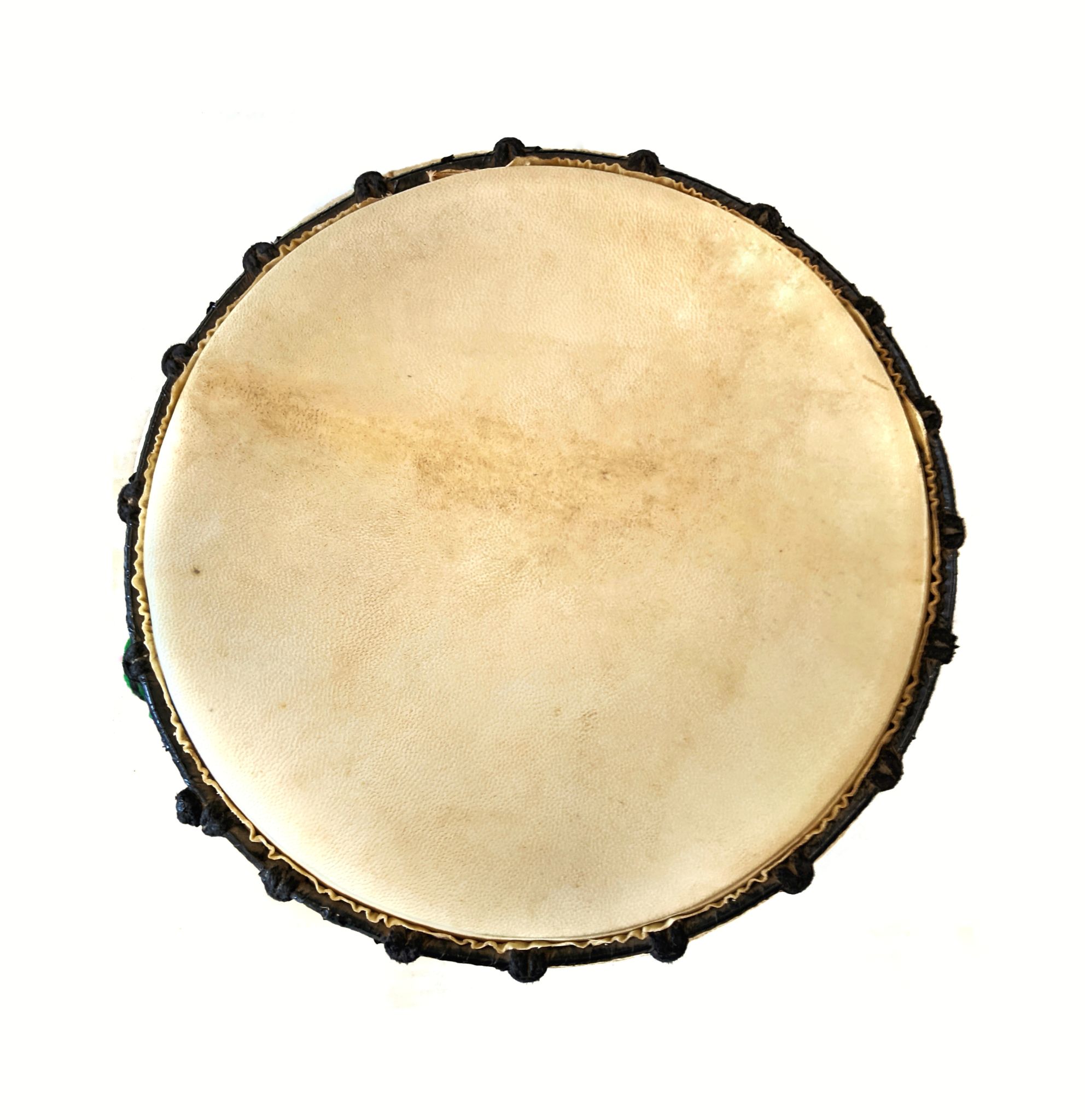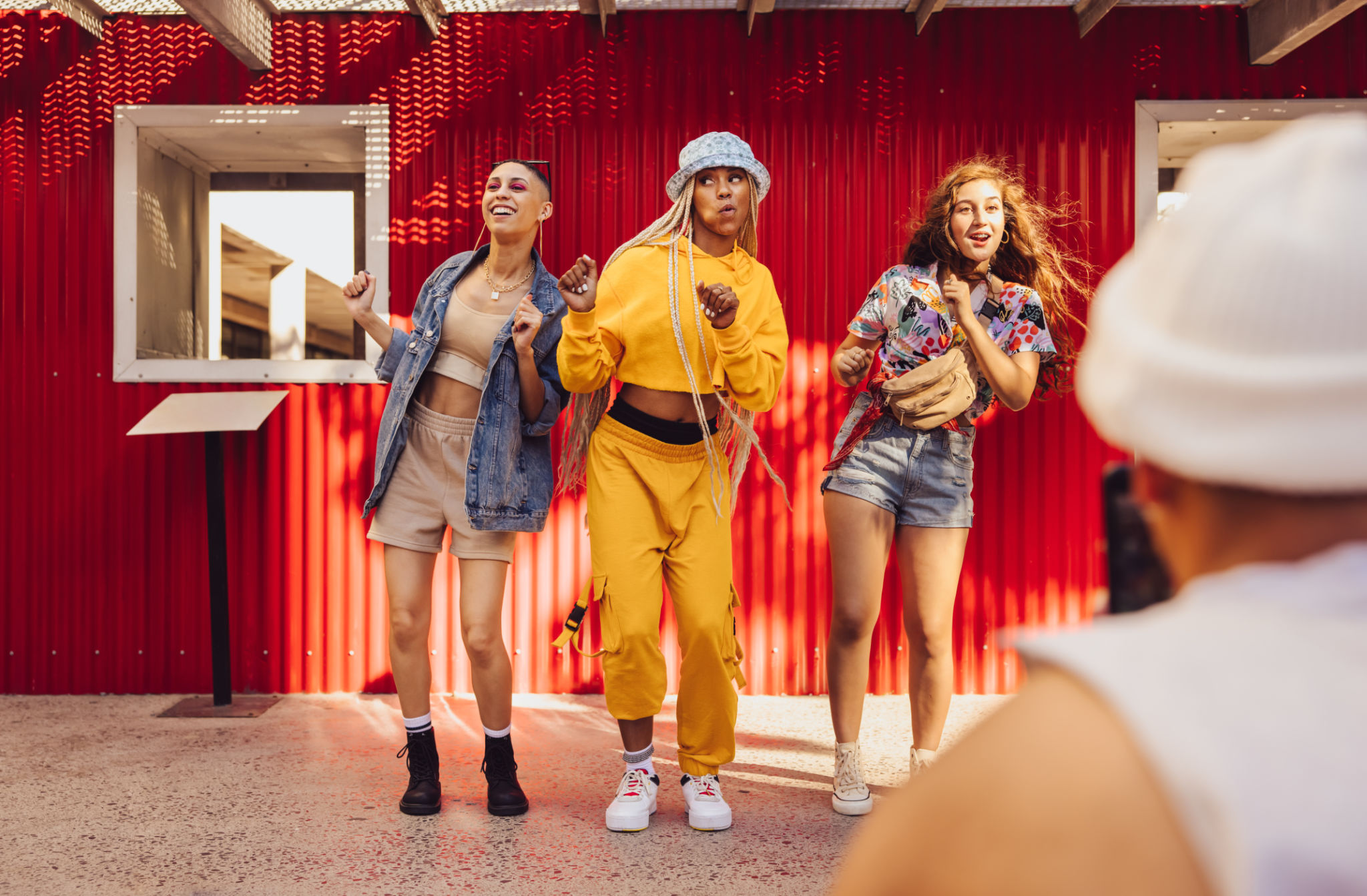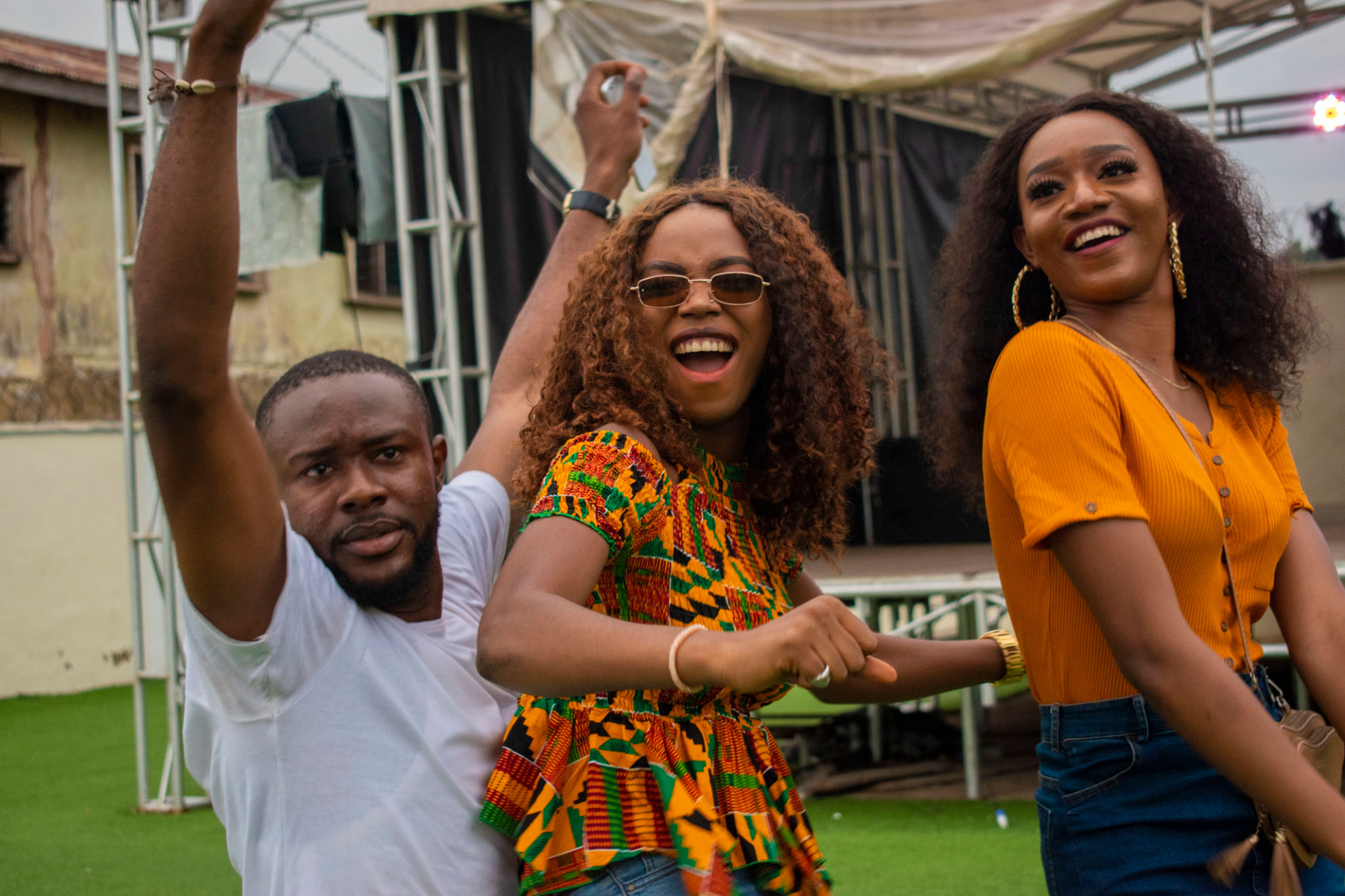Exploring African Dance Styles: A Guide to Popular Moves and Their Origins
The Rich Tapestry of African Dance
African dance is a vibrant and dynamic form of expression that has been integral to African culture for centuries. It is not just about movement; it's a storytelling art that reflects the continent's diverse cultural heritage and social structures. African dance is characterized by its energy, rhythm, and the use of the body to convey stories and emotions.
Each African dance style has its unique attributes, often influenced by the geographical and cultural context from which it originated. From the traditional moves of West Africa to the modern adaptations seen today, these dances continue to evolve while maintaining their historical roots.

Popular African Dance Styles and Their Origins
Traditional West African Dances
West Africa is home to some of the most well-known traditional dances, such as the energetic *Kpanlogo* from Ghana and the symbolic *Yankadi* from Guinea. These dances often involve complex rhythms and are accompanied by traditional drumming, which forms an integral part of the dance experience.
The *Kpanlogo* dance, for instance, emerged in the 1960s during Ghana's independence era and is performed at various social gatherings. Its movements are lively and often involve a call-and-response interaction between dancers and drummers. On the other hand, *Yankadi* is a slower dance, characterized by graceful movements that reflect themes of love and community.

South African Dance Styles
South Africa offers a variety of dance styles, with *Pantsula* being one of the most iconic. Originating in the townships during the apartheid era, Pantsula is more than just a dance; it's a cultural phenomenon that incorporates fast footwork, storytelling elements, and street fashion.
Another notable style is the *Gumboot Dance*, which was developed by gold miners as a form of communication and entertainment. The dancers wear gumboots and create rhythmic patterns by stomping, slapping their boots, and clapping hands. This dance is a powerful representation of resilience and solidarity among miners.

Modern African Dance Influences
Afrobeats and Its Global Impact
In recent years, Afrobeats has taken the global music scene by storm, bringing with it a fresh wave of modern African dance styles. This genre blends traditional African rhythms with modern musical influences like hip-hop and electronic music.
Dances such as *Shaku Shaku* from Nigeria have become internationally popular, often featured in viral dance challenges on social media platforms. These modern styles retain elements of traditional African dance while incorporating contemporary moves and beats.

The Role of Dance in African Culture
African dance serves many purposes beyond entertainment. It is used in ceremonies, rituals, celebrations, and as a means of social commentary. Dance acts as a unifying force within communities, providing a medium for individuals to express collective identities and shared experiences.
Moreover, dance is an educational tool that passes down traditions and stories from one generation to the next. Through dance, individuals learn about their history, their environment, and their place within their community.

Conclusion
Exploring African dance styles offers a window into the rich cultural tapestry of the continent. Each style tells its own story and contributes to the vibrant mosaic of African heritage. Whether through traditional dances or modern adaptations, these movements continue to inspire and connect people across the globe.
As African dance styles continue to evolve, they remain deeply rooted in their origins, reflecting both the past and present of African culture. Embracing these dances allows us to celebrate diversity and appreciate the artistry that transcends borders.
